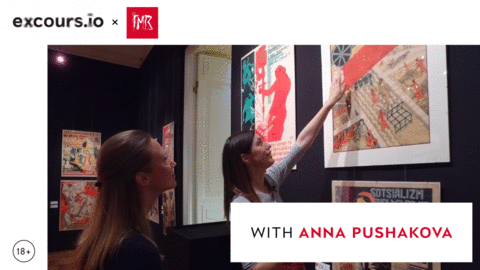The exhibition Hanbok, Poetics of Line and the Passage of Life presents the story of traditional Korean attire, tracing its cultural significance and transformation through time. With a basic style originating in the Three Kingdoms period (37 BCE – 668 CE), the Hanbok shown primarily reflects that of the Joseon dynasty (1392 – 1910). The exhibition explores how this clothing embodies Korean ancestral values, worldview, and reverence for nature through its use in life’s milestone ceremonies and its symbolic colours derived from Yin-Yang theory. Curated by EuiJung McGillis, the presentation showcases items from a baby’s first birthday dress to royal robes, alongside modern reinterpretations by early twentieth-century shinyeoseong (new women). Visitors will discover Hanbok as a transmitter of tradition and a dynamic symbol of Korean identity in a global context.
Why should you watch this?
Hanbok, Poetics of Line and the Passage of Life resonates today because it frames clothing as both a vessel of memory and a mirror of change. The exhibition’s display of the Obangjang durumagi, alive with five elemental colors, reminds us of humanity’s search for balance with nature at a time when sustainability is a global concern. Equally striking are the “new women” who reshaped Hanbok to claim individuality during Korea’s modernization — a gesture that still feels bold and liberating. This exhibition shows that tradition is not fixed but evolving, offering viewers a timeless reflection on identity, resilience, and creativity.

Рулевые революции. К 100-летию Великой Октябрьской социалистической революции
The exhibition illuminates the profound influence of the Great October Revolution on Eastern art. Featuring over 100 works from Soviet Turkmenistan, Uzbekistan, Azerbaijan, Mongolia, China, and Vietnam, the exhibition showcases a rich tapestry of artistic expressions—embroideries, posters, paper cutouts, and more—that reflect a unique amalgamation of local traditions and Soviet ideologies. Visitors will encounter the cult of personality through portraits of revolutionary leaders, discover the vibrant propaganda posters that redefined societal roles, and engage with stunning engravings depicting the industrial ambitions of China. This exhibition not only highlights the artistic responses to political shifts but also serves as a testament to the complex legacy of the Russian Revolution, revealing how hope, trauma, and cultural identity were woven into the fabric of artistry across nations. Many of these pieces are being showcased to the Russian public for the first time in decades, offering fresh insights into this historical narrative.
Why should you watch this?
The centenary of the October Revolution resonates deeply in today’s world, reflecting how political upheaval can shape cultural identity and artistic expression. The legacy of this pivotal event continues to inform contemporary discussions on nationalism, ideology, and the role of art as both a tool for propaganda and a medium of resistance. As nations grapple with their histories, the transformation of traditional art forms under revolutionary pressures serves as a powerful reminder of how creative expression can embody the struggles for freedom, equality, and social change. By examining the intersections of art and politics in this context, we gain valuable insights into the ongoing dialogues surrounding identity, power, and the cultural narratives that define our societies today. This exhibition not only connects us to the past but also encourages us to contemplate the implications of ideological movements on contemporary artistic practices and cultural discourse.


